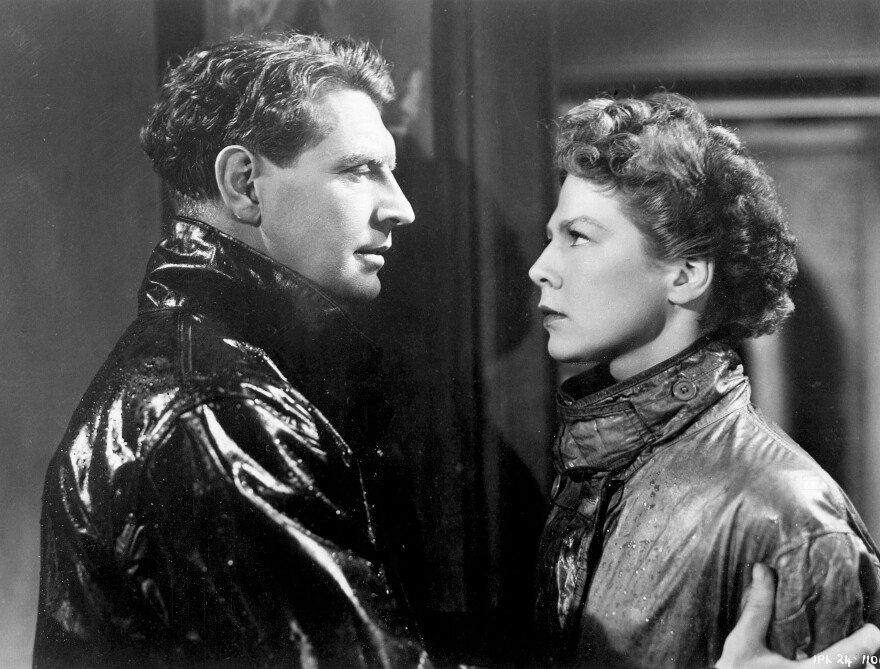It never makes sense to me that animation should look like the world we actually live in. Animators can imagine life on a different plane. In the great cartoons, ducks and bears talk; the laws of physics and gravity are suspended, so coyotes can run off cliffs without falling at least until they know they’re in mid-air. Donkeys turn into music boxes, and in spite of being pummeled, blown up, dropped from great heights, run over by bulldozers, and on and on — no being is ever hurt. On a violence scale, I think that’s a lot better than the angry destruction and killing in the animation kids watch now.

The Tex Avery program in the TCM Classic Film Festival shows what animation can be. ���������’s work has pace and rhythm. It’s lively — and duh — it’s funny. Instead of the computerized symmetrical, round, blankly earnest faces, Avery goes for the joy of hand-drawn, asymmetrical eccentricity. Motion is smooth, sometimes graceful and sometimes explosive. Avery doesn’t imitate the look of actual things — like the dreary Pixar attempts to look somehow real. He parodies actuality, from the look of houses and people to the comic malicious motivations of cats and dogs.
In Red Hot Riding Hood, the characters are tired of the famous old fairy tale. So, they move to the city. Red Hot Riding Hood now vamps in a night club, which makes the eyes of the wolf bulge in and out. And Grandma, in her high-rise apartment, out-leers and leches the wolf himself.
���������’s TV of Tomorrow, made in 1953 — 68 years ago — still manages to nail the absurdities of television right now.
The great British filmmaking team of Michael Powell and Emeric Pressburger made a series of absolute masterpieces from the late 1930s into the ‘50s — The Life and Death of Colonel Blimp, Black Narcissus, about British nuns who lose their focus in an exotic India, and the definitive and terrifying ballet movie The Red Shoes. What these films share with Tex ���������’s delirious cartoons is a magnificent defiance of literal reality. Actors’ performances are pushed just a bit beyond the natural; Powell and Pressburger heighten their colors so that the worlds of their films feel more intense than actuality; there’s more at stake — which pulls the audience in more deeply — and so the Powell-Pressburger movies are more dangerous and more consuming than many films.
I Know Where I’m Going, in breathtaking black and white, shows a headstrong young woman, played by a luminous Wendy Hiller. She announces to her skeptical, soft-spoken father that she’s leaving London and heading off to an island off an island off the west coast of Scotland to marry a man her father’s age who is one of the richest people in Britain.
She may think she knows where she’s going — until she runs into a young naval officer on leave. What follows is a drama of her manic certainty crumbling until only the best and strongest parts of her are left, without the pretentions. And you know it long before her wedding dress flies off a skiff into a wild maelstrom in the ocean. All of this takes place within a dramatic Scottish landscape and seascape. Powell and Pressburger never come at things the way you expect, so this film, like their others, comes as constant surprise, and is always incredibly beautiful.






